| Hollywoodland | Nov 22 2017 |

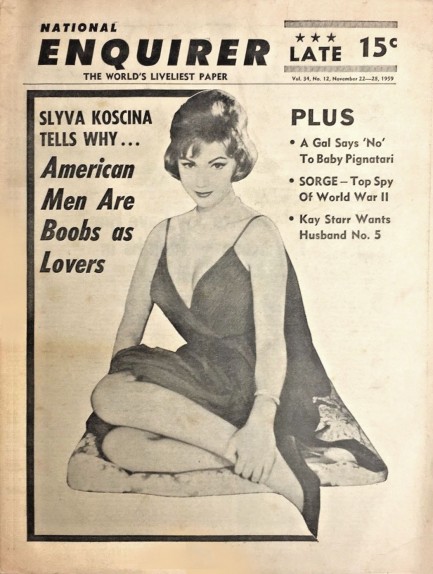
We've been seeing a lot of Sylva Koscina lately, haven't we? Well here's one of the biggest sex symbols of the 1960s again, this time on the front of an issue of National Enquirer that hit newsstands today in 1959. She says American men are boobs as lovers. Since she studied physics at university, we can only assume she used the scientific method to come to this conclusion—observation, measurement, experimentation, and repetition. We're sure there was no shortage of volunteers, and she was willing to revisit her conclusions, apparently, since after this cover appeared she hooked up Paul Newman, Kirk Douglas, and—it's rumored—Robert Kennedy. Who says science is boring?
| Modern Pulp | Nov 22 2014 |

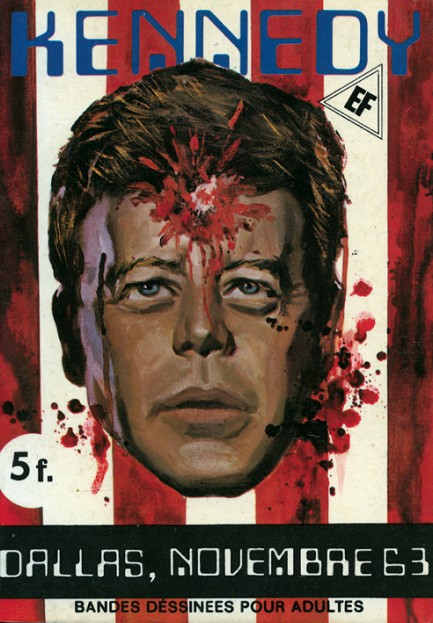
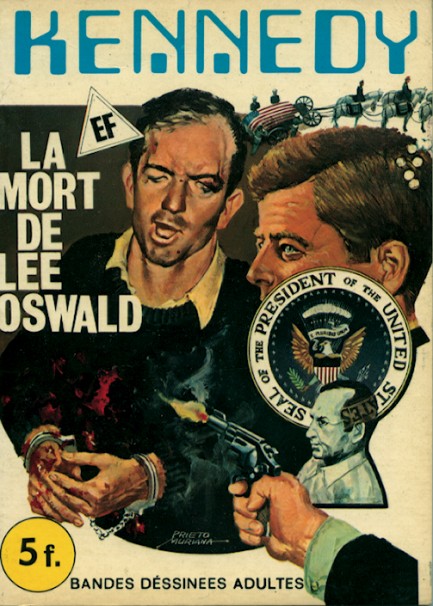
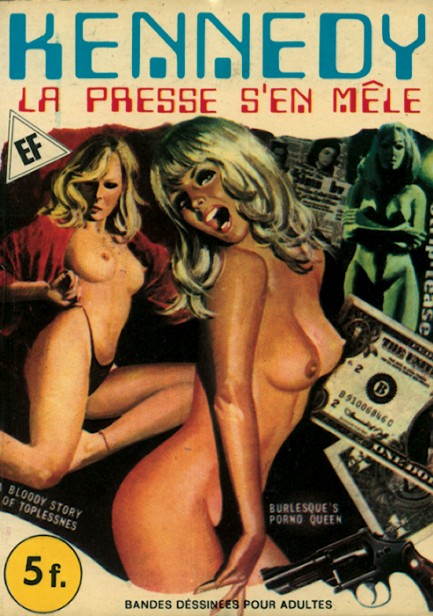
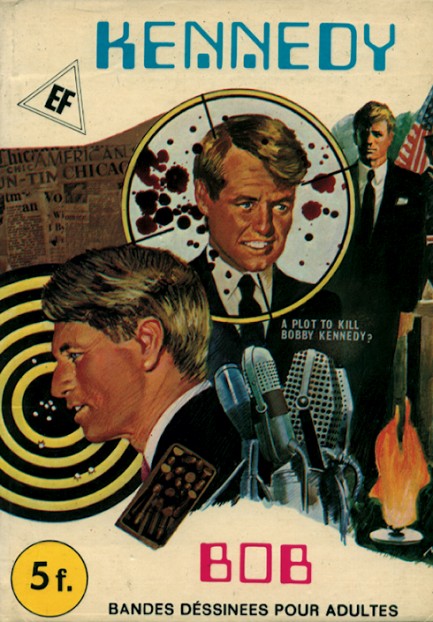
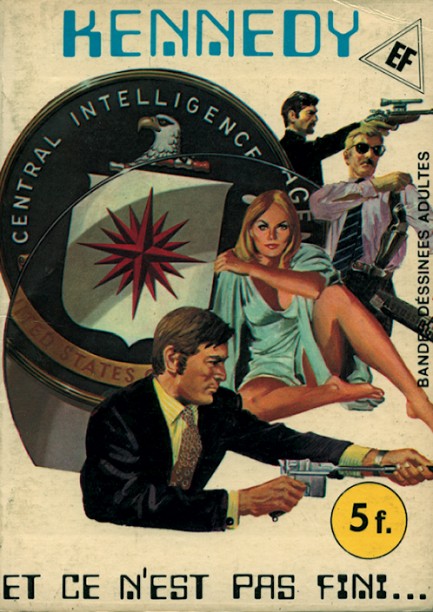
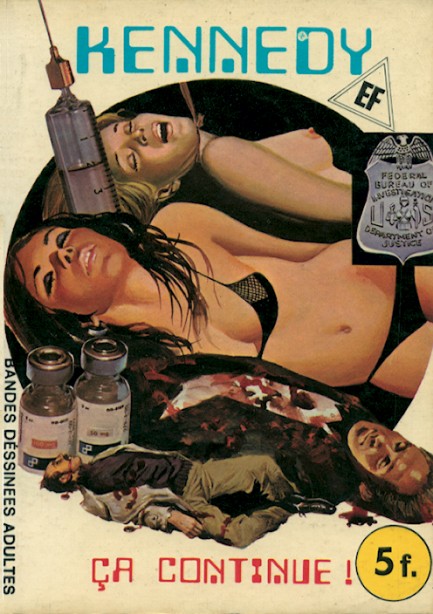
A long while back we shared a Spanish cover of the Mercocomic publication Kennedy and mentioned that a series of six appeared in 1977. The same comics were also published in French, so today, inappropriately, we’re sharing those six covers from France with their excellent if unsettling art by Prieto Muriana. Mercocomic published serials of other well known figures, among them Che, Hitler, Mussolini, Don Juan Tenorio Garcia, and Quijote 78. None are strictly factual accounts, but rather re-imaginings of the circumstances and motivations that drove important historical episodes.
| Intl. Notebook | Nov 22 2013 |

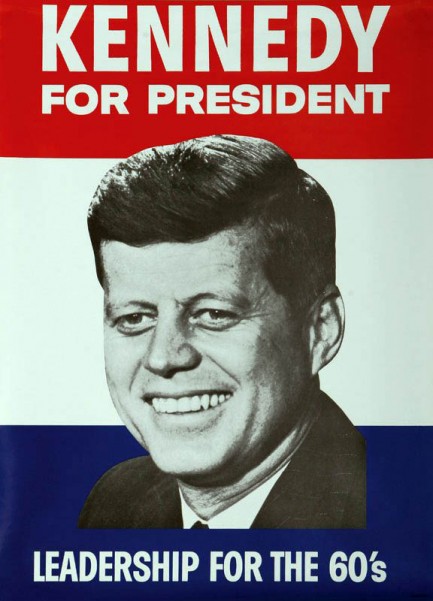
Stories about John F. Kennedy’s assassination have been appearing in the media for several weeks leading up the 50th anniversary of the event, as various outlets try to get ahead of the wave of interest, but we’re purists here, so we’re sharing this poster today, on the actual anniversary of the murder. Let’s get the basics out of the way first. As we’ve mentioned before, a Gallup poll taken days after the killing showed that a majority of Americans believed Oswald was not the only participant. That percentage has gone up since, reaching more than 80%, according to some surveys. That means people who believe Oswald acted with others have always been the majority, and today are the vast majority. That’s something your trusted media outlet always leaves out, doesn’t it? The point is if you think there was a conspiracy, you are the norm, part of an overwhelming norm, rather than some crackpot minority.
It’s an important point because many of the articles published today ask questions like, “Why do people believe in conspiracies?” The problem with that question lies in its framing—it implies that we live in a world that has no or few conspiracies, that it’s silly to believe they exist. That’s very interesting, considering that in the Libor scandal up to 20 major banks conspired to rig interest rates in a $350 trillion derivatives market, that Britain’s spy agency GCHQ conspired to secretly tap into the fiber optic cables that carry the world’s phone calls and internet traffic, that the bank HSBC conspired to launder billions of dollars in South American drug cartel money, that ING conspired to violate sanctions against certain types of business dealings with Cuba and Iran, that News of the World conspired to illegally hack the phones of private citizens, and that Merrill Lynch conspired to deliberately overcharge 95,000 customers $32 million in unwarranted fees. All of these happened in just the last few years.
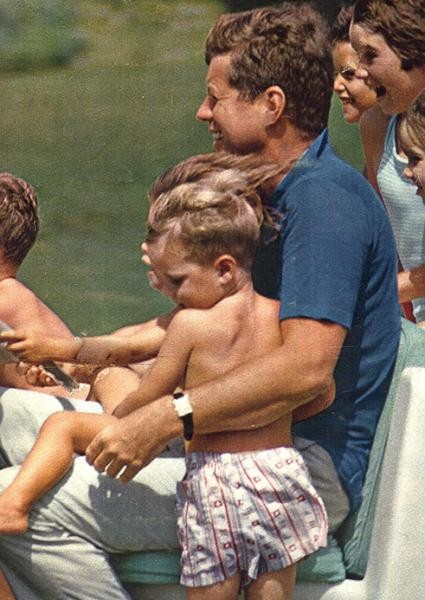 To listen to the mainstream media, you’d almost think there weren’t actual criminal proceedings or lawsuits extant in every example we just mentioned. It takes a willful disconnection from reality to deny how prevalent conspiracies are in modern life when hundreds of perpetrators are at this moment sitting as defendants in court because they were caught conspiring. If we want to delve into a few historical examples of conspiracies, then note that the NSA conspired to mislead the U.S. public about the Gulf of Tonkin incident, that American asbestos companies conspired to cover up the truth about the danger of their product, and that in 1962 the U.S. Joint Chiefs of Staff conspired to kill American citizens. That conspiracy took the form of a proposal called Operation Northwoods. In short, American citizens would have been killed in a series of terrorist bomb attacks that would have been blamed on Cuba. Northwoods was approved for implementation by every one of the sitting Joint Chiefs. Really let that sink in. The only reason the American government did not kill American citizens is because John F. Kennedy said no—he wasn’t interested in committing high treason and murder so he could invade Cuba.
To listen to the mainstream media, you’d almost think there weren’t actual criminal proceedings or lawsuits extant in every example we just mentioned. It takes a willful disconnection from reality to deny how prevalent conspiracies are in modern life when hundreds of perpetrators are at this moment sitting as defendants in court because they were caught conspiring. If we want to delve into a few historical examples of conspiracies, then note that the NSA conspired to mislead the U.S. public about the Gulf of Tonkin incident, that American asbestos companies conspired to cover up the truth about the danger of their product, and that in 1962 the U.S. Joint Chiefs of Staff conspired to kill American citizens. That conspiracy took the form of a proposal called Operation Northwoods. In short, American citizens would have been killed in a series of terrorist bomb attacks that would have been blamed on Cuba. Northwoods was approved for implementation by every one of the sitting Joint Chiefs. Really let that sink in. The only reason the American government did not kill American citizens is because John F. Kennedy said no—he wasn’t interested in committing high treason and murder so he could invade Cuba.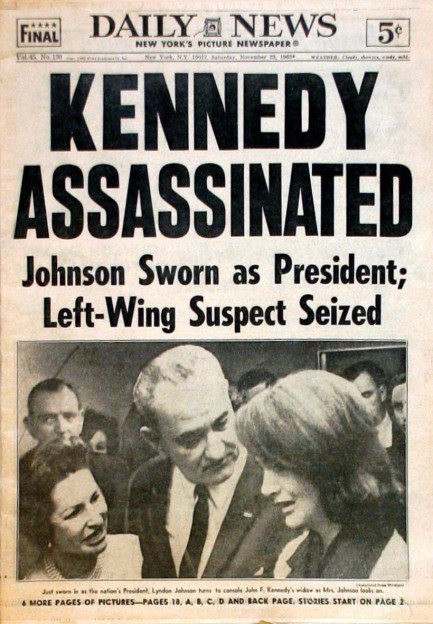 alone. So the question we should be asking today isn’t why so many people believe in conspiracies, but why the mainstream media are so far removed from the factual realities of human, corporate, and political existence, why they are so resistant to the simple truth that conspiracies are how powerful actors circumvent regulations, laws, and democratic rights. Or more to the point, exactly what planet do mainstream journalists live on? Not this one, seemingly.
alone. So the question we should be asking today isn’t why so many people believe in conspiracies, but why the mainstream media are so far removed from the factual realities of human, corporate, and political existence, why they are so resistant to the simple truth that conspiracies are how powerful actors circumvent regulations, laws, and democratic rights. Or more to the point, exactly what planet do mainstream journalists live on? Not this one, seemingly.| Hollywoodland | Nov 13 2012 |

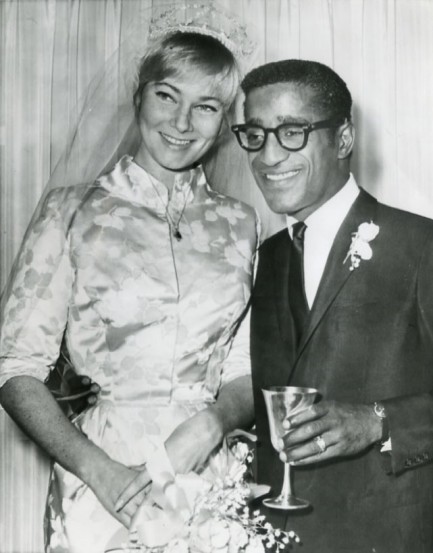
Above is a publicity photo of American singer/actor/comedian Sammy Davis, Jr. with his Swedish bride, actress May Britt. The shot dates from today in 1960, and as you might guess, that was a very bad time for mixed couples. Sammy had for years been making tabloid headlines for dating white women ranging from Tinseltown icon Kim Novak to Canadian singer Joan Stuart, but when he announced plans to marry Britt, a chunk of the general public lost its collective mind. He faced racist banners and chants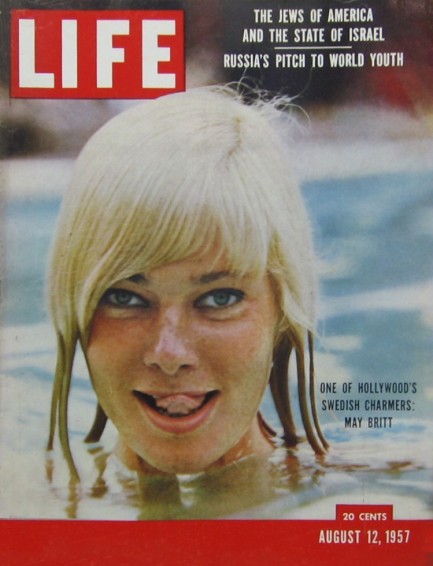 in London, received rafts of hate mail, and was confronted in Los Angeles with the bizarre spectacle of three men marching outside the Huntington Hartford Theater in nazi regalia. Even two admirers, John and Robert Kennedy, allegedly asked Frank Sinatra to tell Davis to delay the wedding until after the 1960 presidential election.
in London, received rafts of hate mail, and was confronted in Los Angeles with the bizarre spectacle of three men marching outside the Huntington Hartford Theater in nazi regalia. Even two admirers, John and Robert Kennedy, allegedly asked Frank Sinatra to tell Davis to delay the wedding until after the 1960 presidential election.
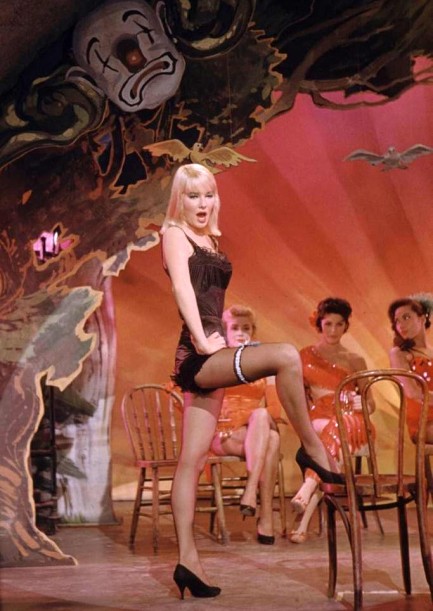
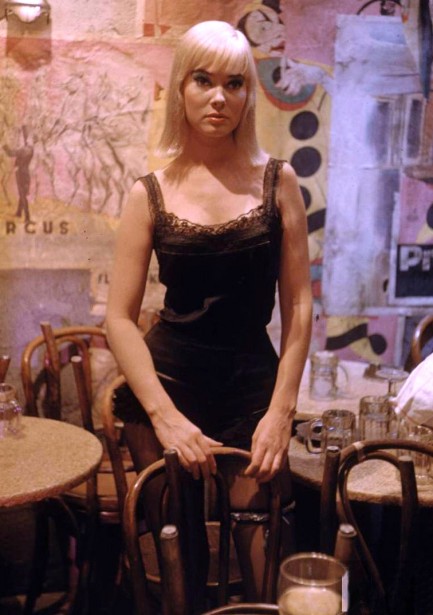
| Vintage Pulp | Feb 19 2012 |

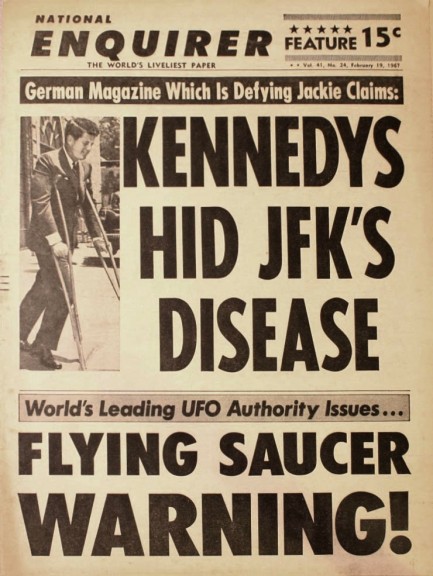
In January 1967, the German news magazine Stern (Star) wrote that deceased U.S. president John F. Kennedy had suffered from a potentially fatal disease. The above cover of National Enquirer from today in 1967 echoes that famous Stern story. The illness JFK had is known as Addison’s disease, and is a withering of the adrenal glands. Rumors about the sickness sprang up early in Kennedy’s political career, but he denied having any health problems, thinking (correctly, we can assume) that Americans would not elect a sick man to the presidency.
In the end, Kennedy managed the disease by taking cortisone, though one side effect was puffiness in his face. The disease had historical side effects, as well. After JFK’s death, his family requested that the autopsy report be kept secret, and to confuse matters even more, the coroner destroyed the examination notes. This created yet another layer of mystery around Kennedy's death. Both Jackie Kennedy and Robert Kennedy documentably believed JFK had been murdered as the result of a conspiracy, which means that in their desire for privacy they perhaps rashly made a decision that hampered their later search for the truth.
But perhaps not. It's very possible the autopsy notes would not have settled any issues around the assassination. We say this because, though a majority of Americans have always doubted the lone gunman theory (the first survey taken just weeks after the assassination showed that 52% believed there was a conspiracy), the Kennedy narrative has always favored a minority of backers of the official story. That favoritism is not deliberate, in our opinion. It's more a matter of journalistic laziness. We discussed that a while back, so click over that post to see an example of what we mean. We'll have more from National Enquirer and much more on JFK later.
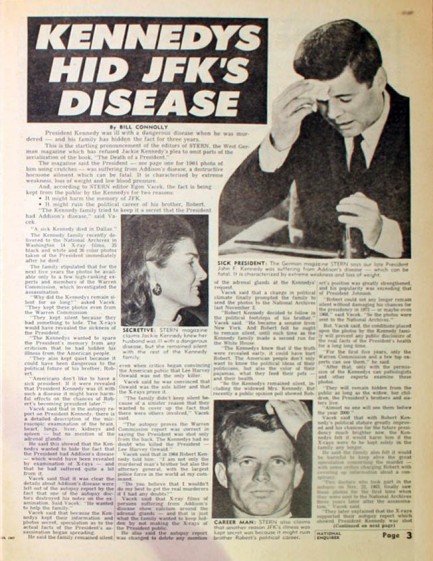
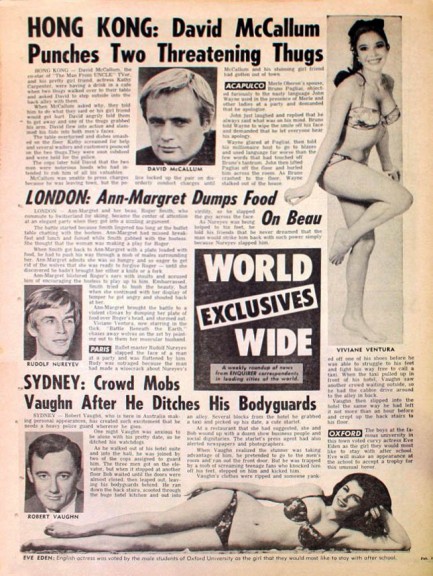
| Vintage Pulp | Nov 24 2011 |

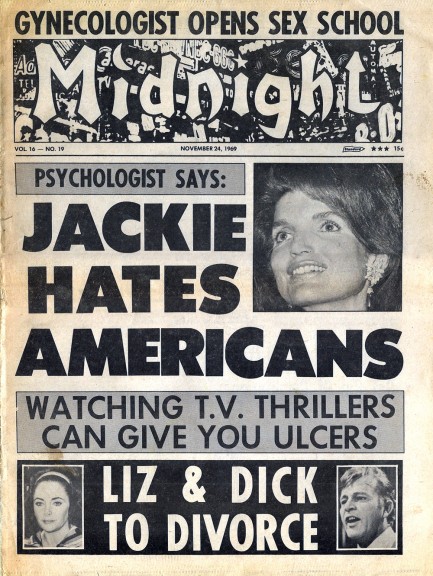
On the cover of this issue of Midnight published today in 1969, editors tell readers that presidential widow Jacqueline Kennedy Onassis hates Americans. The story extensively quotes an acquaintance named Lisa Whalley, who says at one point, “She (Jackie) thinks of Americans as a herd of mindless sheep who follow after famous personalities as though they were gods and goddesses.” It’s an interesting line, but it isn’t really news. Jacqueline Kennedy’s feelings about the U.S. were well known. After her husband was murdered, she and Robert Kennedy stated that they believed JFK had been felled by domestic opponents, the key words in there being “domestic”, i.e. American, and “opponents”, more than one person. And when Robert Kennedy was assassinated in 1968, Jackie came to the conclusion that the entire Kennedy family was a target. According to RFK biographer C. David Heymann, she said, “I hate this country. I despise America and I don’t want my children to live here anymore. If they’re killing Kennedys, my children are number one targets. I want to get out of this country.” Four months later she married Aristotle Onassis and moved to Greece. So the Midnight headline isn’t any great stretch, though to the editors’ credit, they do a pretty good job of framing it as a scoop. Inside the issue you get Elizabeth Taylor and Richard Burton on the rocks, Italian bombshell Nuccia Cardinali, Chinese beauty Irene Tsu, and a pretty nice shot of Czech-born sex symbol Barbara Bouchet. All of that and more below.
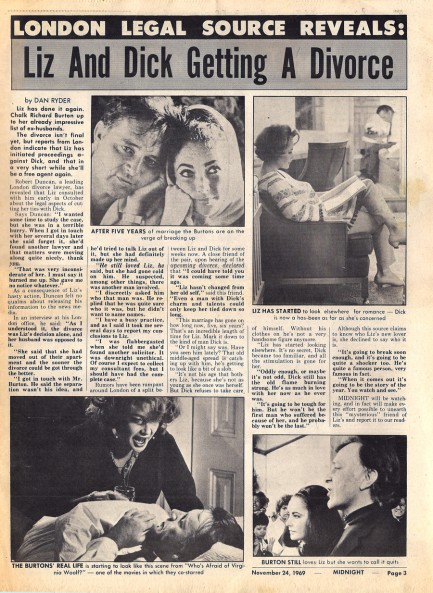
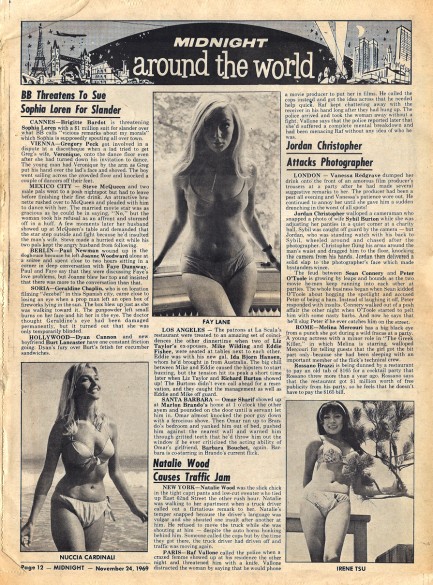
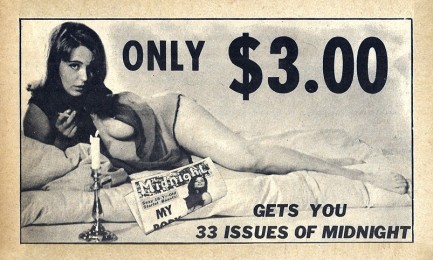
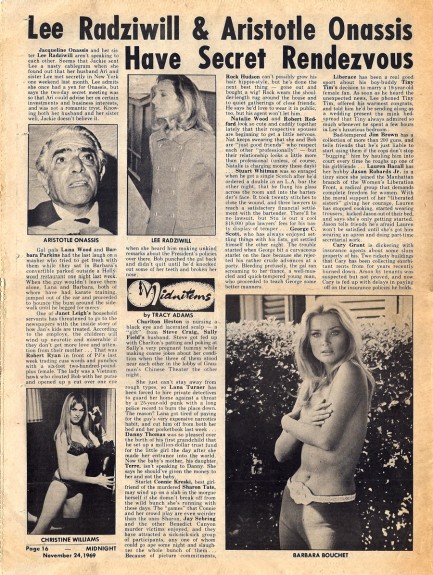
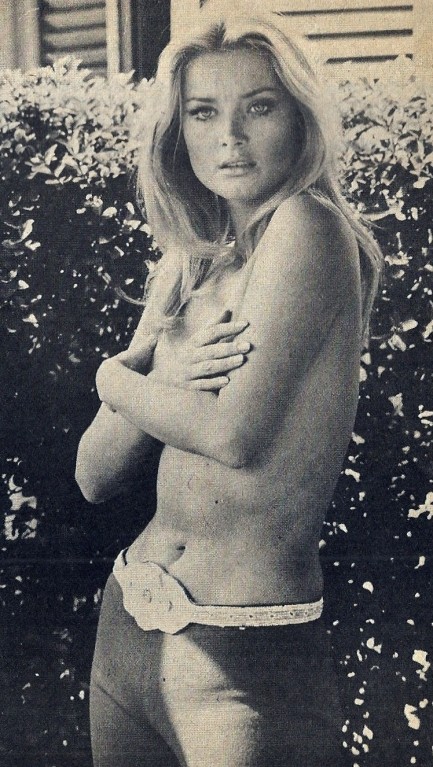
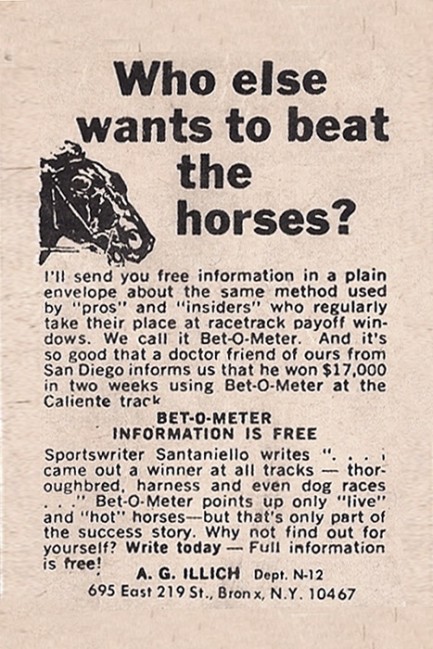
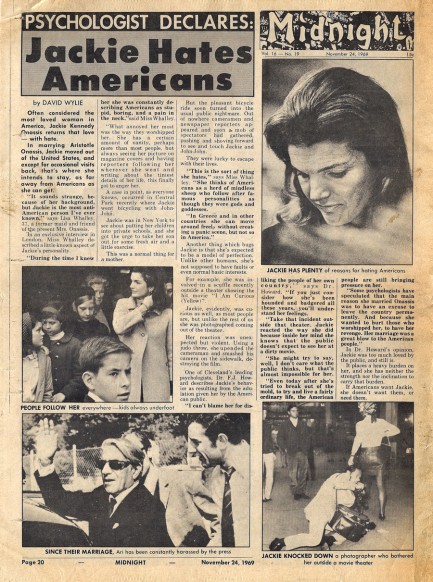
| Intl. Notebook | Mar 4 2010 |

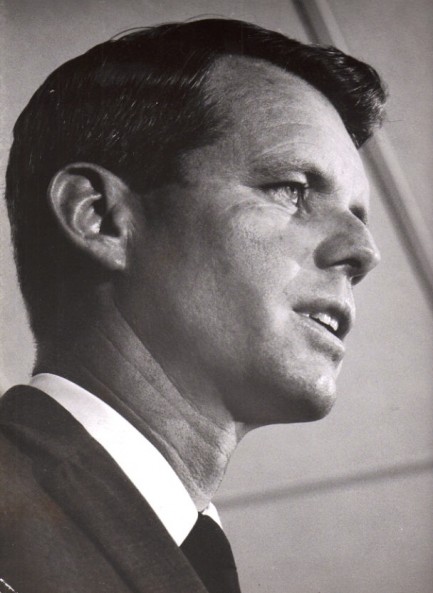
The Los Angeles Police Department has apolo- gized to the family of Robert Kennedy and pulled from display items of clothing worn by the Senator the night he was shot in L.A. in 1968. The items—a tie, shirt, and jacket stained with blood—had been part of an exhibit hosted at the Palms Casino, and created for the 2010 California Homicide Investigators Assn. Conference.
The Kennedy family claims to have requested the return of Robert Kennedy’s effects more than ten years ago, to no avail, and called the LAPD’s official apology "insufficient." Department spokesmen claim to have been trying merely to put together a professional and educational display, not a “freakshow.” The exhibit does contain crime scene evidence rarely seen in public, including hundreds of photographs dating back as far one hundred years, but it also features sensational items such as the rope used to restrain Sharon Tate the night of her murder, and various O.J. Simpson artifacts.
Asked whether they would agree to the request made by the Kennedy family and return the items—a move that would comply with California state law regarding personal effects of murder victims—a spokeswoman for the L.A. County District Attorney’s office declined to answer in the affirmative about the potentially valuable collection, instead saying only that they were “looking into it.”
| Vintage Pulp | Nov 22 2009 |

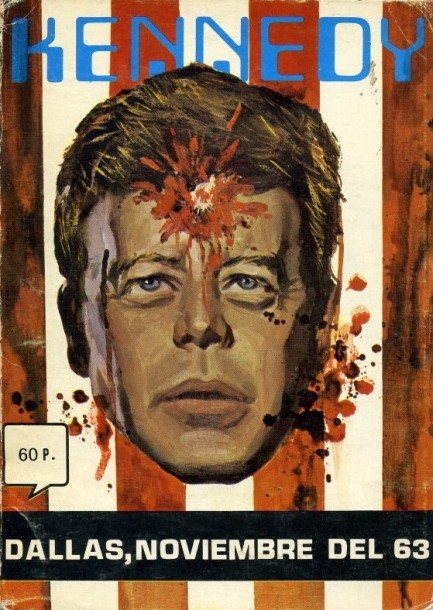
Here’s a rather disturbing 1977 cover by Spanish artist Prieto Muriana for the first of a six issue comic series about the assassination of John F. Kennedy (which happened forty six years ago today), and the events leading up to his brother Robert Kennedy’s killing. When we first saw this image at Blonde Zombies it made us cringe a bit, which makes it a successful cover, since it’s clearly intended to be an iconoclastic representation of this sad day. After our initial misgivings, we were able to appreciate the artistry involved. But then JFK is before our time. If you're old enough to have personal memories of the event, maybe there's nothing artistic here at all.




































































